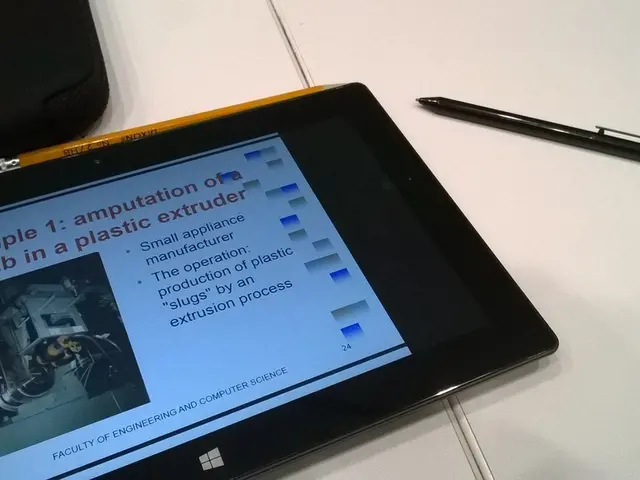Government Funding Mechanisms: An Overview
The United States government offers various federal grant programs to support students pursuing higher education. These programs are primarily need-based and require students to complete the Free Application for Federal Student Aid (FAFSA) to determine eligibility.
Pell Grants
The Federal Pell Grant is a foundational need-based grant that provides financial assistance to undergraduate students. It does not need to be repaid. For the 2024-25 academic year, the maximum Pell Grant award is $7,395[3]. Students must be enrolled in an undergraduate program, have a high school diploma or equivalent, and demonstrate financial need as determined by the FAFSA. They must also be U.S. citizens, nationals, or eligible non-citizens and must not have been convicted of certain crimes[3].
Federal Supplemental Educational Opportunity Grants (FSEOG)
FSEOG is awarded to undergraduate students with exceptional financial need, prioritizing those who also receive Pell Grants. Awards range from $100 to $4,000 annually[3]. Students must be enrolled in an undergraduate degree program, have an exceptional financial need as determined by the FAFSA, and be enrolled at least half-time[3].
TEACH Grants
The TEACH Grant is available to students who are committed to teaching in specific high-need fields and locations. TEACH Grants can provide up to $4,000 annually[3]. Students must be enrolled in a TEACH Grant-eligible program, have a minimum GPA of 3.25, and commit to teaching for at least four years after graduation in a high-need field or location within eight years[3].
Eligibility Requirements for All Programs
- Applicants must be U.S. citizens, nationals, or eligible non-citizens.
- Financial need is determined by the FAFSA form.
- Students must be enrolled at least half-time at an eligible institution.
- Students must meet the academic requirements and standards of their institution.
These federal grant programs are crucial for providing financial assistance to students, making higher education more accessible and affordable. It's essential to note that some state grants, like Georgia's HOPE program, do not take financial need into account. To be eligible for a state grant, one usually needs to be a resident of the state and attend a state university or college.
The federal government expects the applicant's family to contribute to educational costs, known as the Expected Family Contribution (EFC). Some states have their own public grant programs for education, and many prioritize students with the most financial need. Some state grants also provide funding for students attending private institutions within the state.
To apply for a federal grant, students need to complete the Free Application for Federal Student Aid (FAFSA). Federal grants come from a limited pool of resources. Once that money is gone, even an eligible student won't be able to secure a grant until Congress replenishes the grant budget.
It's crucial to understand that not all grants are for education; some are meant to help people secure housing or start a small business. A grant is money granted to a receiving party. The HOPE Grant program in Georgia receives funds from the Georgia Lottery.
The Federal Pell Grant is a well-known grant for undergraduate students from low-income families. The HOPE program in Georgia offers both a scholarship and a grant for students seeking a college degree or technical certification/diploma. An example of a need-based state grant is the Howard P. Rawlings Guaranteed Access Grant in Massachusetts. Other expenses, such as room and board, are not covered by the HOPE Grant.
Money from the Federal Pell Grant, a need-based grant for undergraduate students, does not need to be repaid and can provide up to $7,395 in financial assistance for the 2024-25 academic year. This grant is part of various federal grant programs offered by the United States government to support students pursuing higher education, focusing on education and self-development.
The history of the Federal Supplemental Educational Opportunity Grant (FSEOG) dates back to 1972, when it was established to provide additional financial aid to undergraduate students with exceptional financial need. This grant ranges from $100 to $4,000 annually and prioritizes those who also receive Pell Grants, thus combining education-and-self-development with finance.




